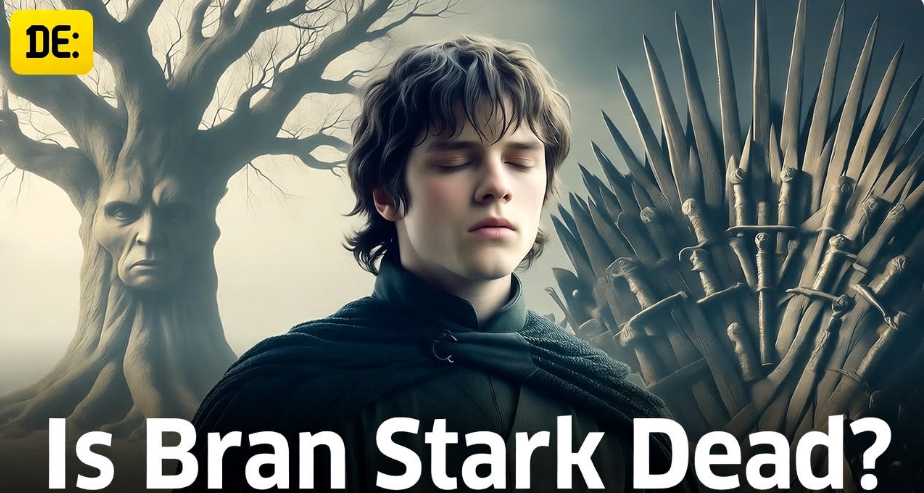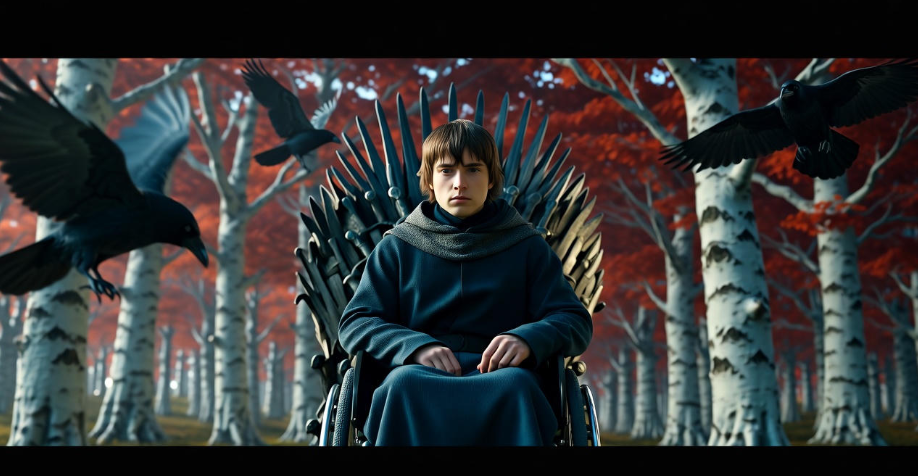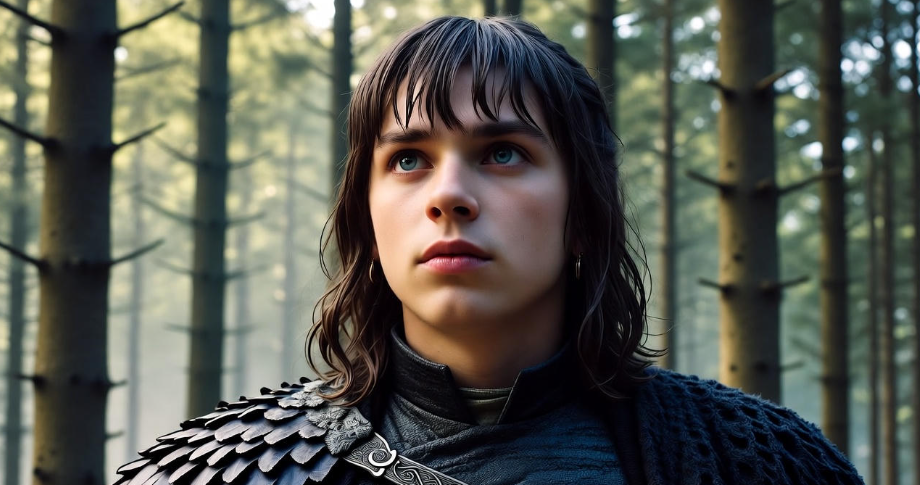Did Bran Stark, the enigmatic Three-Eyed Raven, meet his end in Game of Thrones, or is his fate far more intricate than fans realize? The question “Is Bran Stark dead?” has sparked heated debates across fan forums and social platforms like X, fueled by his cryptic transformation and the polarizing finale of the HBO series. As a pivotal character whose journey from a crippled boy to a mystical figure captivated millions, Bran’s arc is layered with ambiguity that demands clarity. This article delivers a spoiler-filled, expert analysis of Bran Stark’s fate, diving deep into Game of Thrones episodes, George R.R. Martin’s A Song of Ice and Fire books, and fan theories to debunk myths and reveal the truth. Backed by extensive knowledge of Westerosi lore, direct show evidence, and insights from creators and cast, we’ll explore whether Bran’s “death” is literal, metaphorical, or a misunderstanding. Join us to unravel the mystery and discover why Bran’s story remains a cornerstone of Game of Thrones’ enduring legacy.
Who Is Bran Stark? A Recap of His Journey
From Winterfell to Warging
Brandon “Bran” Stark, the second son of Ned and Catelyn Stark, begins Game of Thrones as a spirited boy with a penchant for climbing Winterfell’s towering walls. His life changes irrevocably in Season 1, Episode 1 (“Winter Is Coming”), when Jaime Lannister pushes him from a tower to conceal a dark secret, leaving Bran paralyzed. This tragedy sets the stage for his extraordinary arc. Guided by prophetic dreams, Bran discovers his ability to warg—projecting his consciousness into animals like his direwolf, Summer, and later, humans like Hodor. His journey north, accompanied by Jojen and Meera Reed, leads him to the Three-Eyed Raven’s cave beyond the Wall, where he hones his greenseer powers to see past, present, and future events (Game of Thrones, “The Children,” Season 4, Episode 10).
Key moments, like his vision of the Night King’s creation in “The Door” (Season 6, Episode 5), highlight Bran’s growing mystical significance. His training transforms him from a vulnerable boy into a figure of immense power, capable of influencing Westeros’ fate. This arc, rich with supernatural intrigue, sets the foundation for questions about his survival and identity.
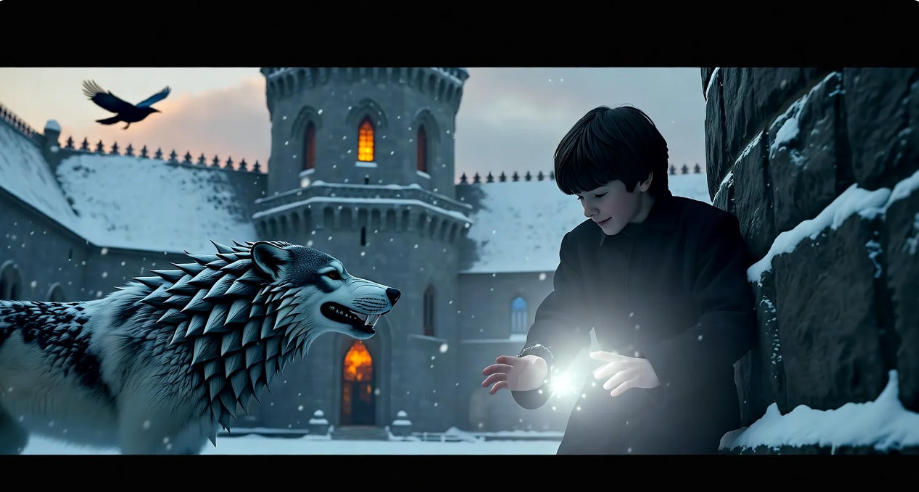
The Three-Eyed Raven and His Role in Westeros
The Three-Eyed Raven is more than a title; it’s a mantle of omniscience, making Bran the living memory of Westeros. In the Game of Thrones universe, this role positions him as a linchpin in the battle against the White Walkers and the political turmoil of the Seven Kingdoms. His visions reveal critical truths: Jon Snow’s Targaryen heritage, the Night King’s origins, and the tragic loop of Hodor’s life, where Bran’s warging causes Hodor’s mental state (“The Door”). These moments, especially Hodor’s sacrifice to save Bran from White Walkers, underscore his narrative weight.
Bran’s powers also influence major events, like providing Samwell Tarly with evidence to confirm Jon’s lineage, which shifts the political landscape (Game of Thrones, “The Dragon and the Wolf,” Season 7, Episode 7). His role in the Night King’s defeat in “The Long Night” (Season 8, Episode 3), though passive, is strategic—he serves as bait to lure the Night King, enabling Arya Stark’s decisive blow. Understanding Bran’s transformation is key to addressing whether he’s “dead” or alive, as his journey blurs the line between human and myth.
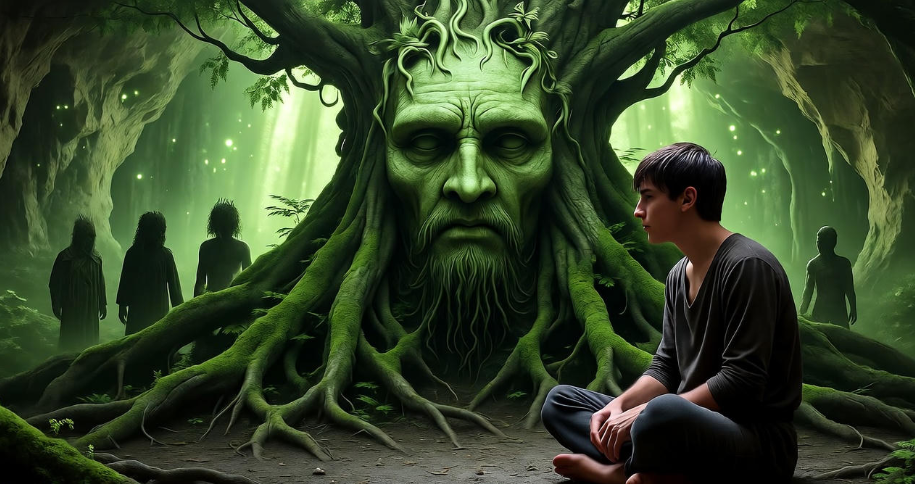
Is Bran Stark Dead? Addressing the Core Question
The Final Season Controversy
The question “Is Bran Stark dead?” gained traction during Game of Thrones’ controversial eighth season. Bran’s detached demeanor, minimal dialogue, and cryptic lines like “I’m not Bran Stark anymore” (Season 7, Episode 4) left fans questioning his state. Some interpreted his emotionless gaze and passivity during pivotal moments—like the Battle of Winterfell—as signs of “death,” either literal or metaphorical. On X, fans debated whether Bran’s transformation into the Three-Eyed Raven erased his humanity, with posts like, “Bran’s basically a robot now—does that count as dead?” reflecting the confusion.
This speculation stems from Season 8’s portrayal of Bran as aloof, almost otherworldly. His statement, “I don’t really want anymore” (Season 8, Episode 4), when discussing his claim to the Iron Throne, fueled perceptions that he was no longer the boy fans once knew. The question of “death” thus splits into two interpretations: physical demise or the loss of his former identity. To resolve this, we’ll examine direct evidence from the show and books.
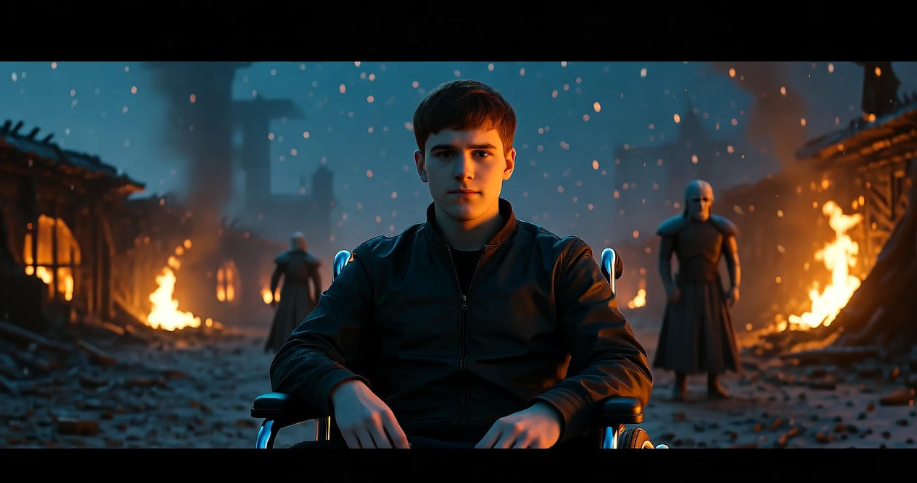
Evidence from the Show
Game of Thrones leaves no ambiguity about Bran’s physical survival. In the series finale, “The Iron Throne” (Season 8, Episode 6), Bran is chosen as King of the Six Kingdoms after Daenerys Targaryen’s death. Tyrion Lannister’s speech seals his fate: “Who has a better story than Bran the Broken, who fell from a high tower and lived? … He is our memory, the keeper of all our stories” (Season 8, Episode 6). This moment confirms Bran is alive, ruling from King’s Landing with a small council including Tyrion, Sansa, and Davos.
Key scenes dispel death rumors. During the Battle of Winterfell, Bran survives the Night King’s assault, protected by Theon Greyjoy and Arya’s intervention. His coronation in the finale, attended by Westeros’ lords, further cements his living status. While his detached behavior sparks debate, the show provides no evidence of physical death, making the “Bran Stark dead” theory a misinterpretation of his transformation.
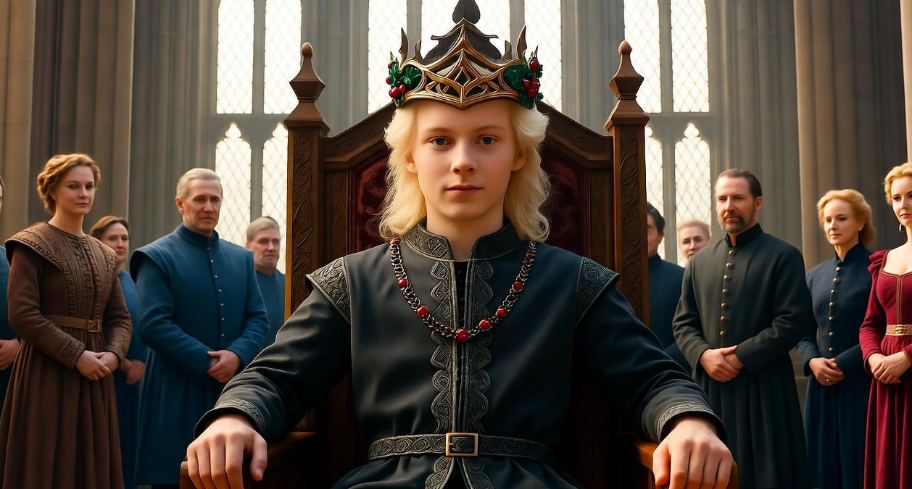
Book vs. Show: What Does A Song of Ice and Fire Say?
George R.R. Martin’s A Song of Ice and Fire offers partial insight into Bran’s fate, as the series remains incomplete as of October 13, 2025. Up to A Dance with Dragons (2011), Bran’s arc parallels the show’s early seasons: his fall, warging discovery, and training with the Three-Eyed Raven (called the “greenseer” in the books). However, Martin’s narrative delves deeper into Bran’s mystical connection to weirwood trees and the Children of the Forest, suggesting a more complex role than the show’s simplified Three-Eyed Raven.
Martin has hinted in interviews (e.g., his 2018 Fire & Blood Q&A) that Bran’s greenseer abilities will be central to The Winds of Winter, but no text confirms his death or kingship. The books’ unresolved plotlines leave Bran’s fate open-ended, unlike the show’s definitive conclusion. This divergence fuels speculation but reinforces that Bran remains alive in both mediums, with no evidence of physical death.
Why Do Fans Think Bran Stark Might Be Dead?
The “Bran Is the Night King” Theory
One of the most popular fan theories posits that Bran, through time-traveling warging, becomes the Night King, implying a form of “death” or possession. This theory, widely discussed on X and Reddit, stems from Bran’s ability to influence the past, as seen with Hodor’s tragedy. Fans speculated that Bran’s attempt to warg into the man who became the Night King (shown in “The Door”) trapped him in a time loop, merging their identities. Posts on X, like one from 2023 stating, “Bran’s visions and the Night King’s mark on him—same person?” reflect this theory’s persistence.
However, the show debunks this. The Night King is killed by Arya in “The Long Night,” while Bran survives. Showrunners David Benioff and D.B. Weiss, in a 2019 HBO featurette, dismissed the theory, stating Bran’s role was to preserve Westeros’ memory, not embody its greatest threat. While the theory is compelling, it lacks canonical support, making it a creative but unfounded explanation for Bran’s “death.”
Metaphorical Death: The Loss of Bran’s Humanity
More convincing is the idea that Bran “dies” metaphorically. As the Three-Eyed Raven, he becomes detached, losing the emotional warmth that defined him in early seasons. His sister Sansa notes this shift in Season 7, Episode 3, when he recounts her trauma with unsettling calmness. This transformation, described by Isaac Hempstead Wright in a 2019 Entertainment Weekly interview as “becoming a database of history,” alienates fans, leading to sentiments like “Bran’s gone, even if he’s alive” on X.
This aligns with Game of Thrones’ themes of identity and sacrifice. Bran’s omniscience comes at the cost of his humanity, akin to a psychological “death.” This resonates with philosophical questions about selfhood, as Bran exists as a vessel for collective memory rather than an individual. Fans’ perception of his “death” thus reflects disappointment with his emotional absence, not a literal demise.
Misinterpretations of Key Scenes
Ambiguous scenes fuel confusion. Bran’s blank stares during the Battle of Winterfell, where he wargs into ravens to observe the fight, led some to assume he was “checked out” or dead. His minimal dialogue in Season 8, coupled with lines like “I’m going to go now” (Season 8, Episode 3), sparked misreadings of his state. Behind-the-scenes insights, like Weiss’s comments in HBO’s “Game Revealed” series, clarify that Bran’s passivity reflects his strategic role, not death. These misinterpretations, amplified by fan discussions online, drive the “Bran Stark dead” narrative despite clear evidence to the contrary.
Bran’s Role in the Endgame: King of the Six Kingdoms
How Bran Became King
In Game of Thrones’ finale, “The Iron Throne” (Season 8, Episode 6), Bran’s unexpected rise to kingship shocked fans. After Daenerys’s death, the lords of Westeros gather to choose a new ruler. Tyrion proposes Bran, arguing, “He is our memory, the keeper of all our stories—the wars, weddings, births, massacres, famines. … Who better to lead us into the future?” (Season 8, Episode 6). The council, including Sansa, Davos, and Yara Greyjoy, agrees, crowning Bran as “Bran the Broken, First of His Name.” Sansa secures the North’s independence, but Bran rules the remaining Six Kingdoms.
This decision sparked polarized reactions. X posts from 2019, like “Bran as king? Worst plot twist ever,” reflect fan frustration, citing his minimal Season 8 presence. Others, however, saw it as fitting, with one user tweeting, “Bran’s story is the ultimate underdog arc—makes sense he’d rule.” The controversy stems from whether Bran’s kingship felt earned, given his passive role compared to characters like Jon or Daenerys. Tyrion’s rationale, rooted in Bran’s unique perspective as the Three-Eyed Raven, aligns with the show’s theme of storytelling as power, but its abrupt execution left some dissatisfied.
What Does Bran’s Kingship Mean for His “Death”?
Bran’s coronation definitively negates literal death rumors—he’s alive, ruling, and shaping Westeros’ future. However, his kingship amplifies the metaphorical death debate. As king, Bran operates as the Three-Eyed Raven, not the boy who climbed Winterfell’s walls. His line, “Why do you think I came all this way?” (Season 8, Episode 6), suggests a calculated destiny, raising questions: Did Bran foresee his kingship? Is he “alive” as a new entity, or “dead” to his former self?
This duality ties into Game of Thrones’ philosophical undertones. Bran’s rule embodies themes of detached leadership and collective memory, contrasting with traditional notions of power. His survival as king, while a triumph, underscores the loss of his humanity, fueling ongoing fan debates about whether “Bran Stark” truly lives.
Common Misconceptions and FAQs About Bran’s Fate
FAQ 1: Did Bran Die in the Cave?
Some fans speculated Bran died during the White Walker attack on the Three-Eyed Raven’s cave in “The Door” (Season 6, Episode 5). The attack kills Hodor, Summer, and the original Raven, but Bran escapes with Meera Reed’s help, warging into Hodor to hold off the wights. This harrowing moment, coupled with Bran’s visions overloading his mind, led to theories of his demise. However, subsequent episodes show him alive, traveling south with Meera and reuniting with his siblings, debunking this misconception.
FAQ 2: Is Bran Still Human?
Bran’s Three-Eyed Raven persona raises questions about his humanity. His detached behavior, like recounting Sansa’s trauma without empathy (Season 7, Episode 3), suggests he’s more entity than person. In the books, his connection to weirwoods deepens this, with A Dance with Dragons describing him as “part of the tree” during visions. Yet, Bran remains physically human, eating, speaking, and ruling as king. His “loss of humanity” is emotional, not literal, aligning with the metaphorical death theory.
FAQ 3: Could Bran Die in Future Books?
With The Winds of Winter still unreleased as of October 13, 2025, Bran’s book fate is uncertain. Martin’s blog posts (e.g., 2024 updates) suggest Bran’s greenseer role will expand, potentially involving battles against the Others (White Walkers). No clues indicate his death, but the books’ darker tone leaves it possible. Fans on X speculate about his survival, with posts like “Bran’s too powerful to die, right?” reflecting hope but no certainty. For now, his fate remains a mystery.
Expert Insights: What the Creators and Cast Say
David Benioff and D.B. Weiss on Bran’s Arc
Showrunners David Benioff and D.B. Weiss, in a 2019 Entertainment Weekly interview, explained that Bran’s kingship was planned to subvert expectations. Weiss noted, “Bran’s story is about becoming the memory of the world, not fighting for the throne.” They drew from Martin’s outline, which hinted at Bran’s significant endgame role, though not explicitly as king. Their vision framed Bran as a unifying figure, leveraging his omniscience to rebuild Westeros, countering death rumors with a clear narrative purpose.
Isaac Hempstead Wright’s Perspective
Isaac Hempstead Wright, who played Bran, offered insight in a 2019 HBO interview: “Bran’s not a character anymore—he’s a god-like figure, carrying all of history.” He described the challenge of portraying Bran’s detachment, emphasizing that his transformation was intentional, not a sign of death. Wright’s X posts, like a 2020 tweet thanking fans for supporting Bran’s arc, reinforce his view of the character as alive but profoundly changed, adding authenticity to the analysis.
Why Bran’s Fate Matters to Game of Thrones Fans
Emotional Connection to Bran’s Story
Bran’s arc resonates deeply with fans. His journey from a broken boy to a mystical king embodies the underdog narrative, appealing to viewers who rooted for his survival after his fall. His supernatural powers—warging, greenseeing—captivated audiences, with iconic moments like Hodor’s sacrifice evoking strong emotions. However, his kingship divided fans. X posts from 2019 show this split: some called it “a betrayal of his arc,” while others praised its symbolic weight, with one user noting, “Bran as king is poetic—history rules, not ambition.” This divide underscores why his fate remains a hot topic.
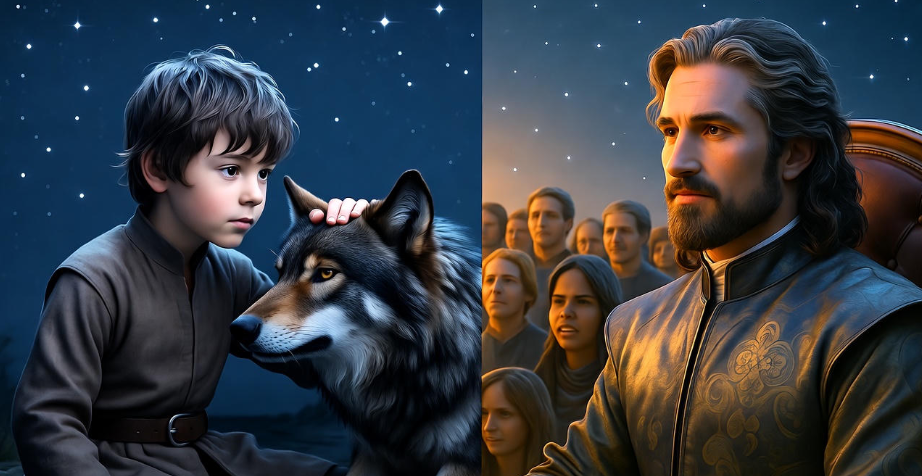
The Bigger Picture: Themes of Destiny and Power
Bran’s story ties into Game of Thrones’ core themes: destiny, sacrifice, and the nature of power. His transformation reflects the cost of knowledge, paralleling characters like Daenerys, who sacrifices morality for power, or Jon, who rejects it. Bran’s kingship, rooted in his role as Westeros’ memory, suggests that leadership requires perspective over passion. This resonates with fans debating the show’s legacy on X, where posts like “Bran’s ending proves GoT is about stories, not swords” highlight his thematic weight. His fate matters because it encapsulates the series’ philosophical questions, keeping discussions alive years later.
Conclusion
Bran Stark is not dead in Game of Thrones. He survives to become King of the Six Kingdoms, a testament to his resilience and unique role as the Three-Eyed Raven. While his physical survival is clear, his transformation sparks valid questions about identity: Is Bran “dead” as the boy he once was? The metaphorical death theory, fueled by his emotional detachment, explains why fans ask, “Is Bran Stark dead?” Yet, evidence from the show, books, and creator insights confirms he lives, ruling with a perspective no other character could offer. Rewatch pivotal episodes like “The Door” or “The Iron Throne” to appreciate Bran’s arc, and join X discussions to share your thoughts on his polarizing ending. For more Game of Thrones insights, explore HBO’s official site or related articles on fan theories and character arcs.

